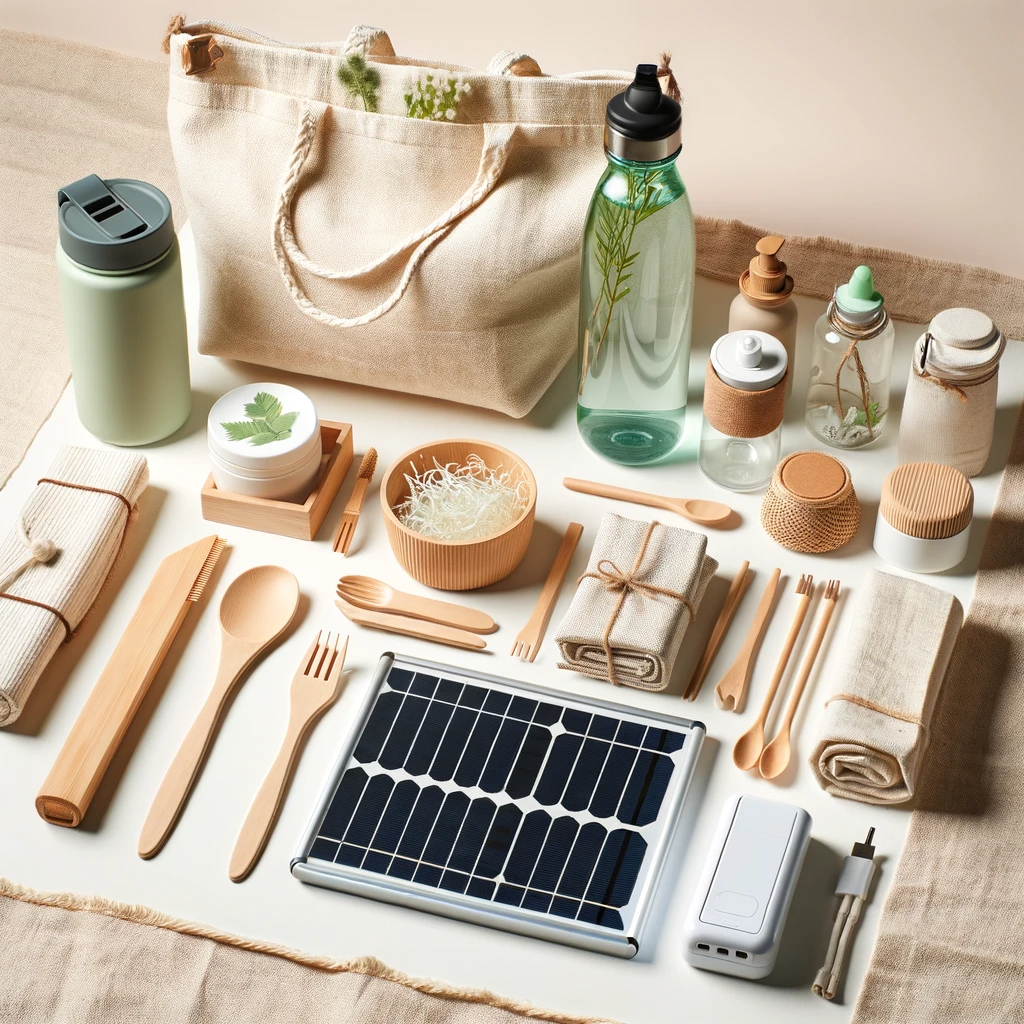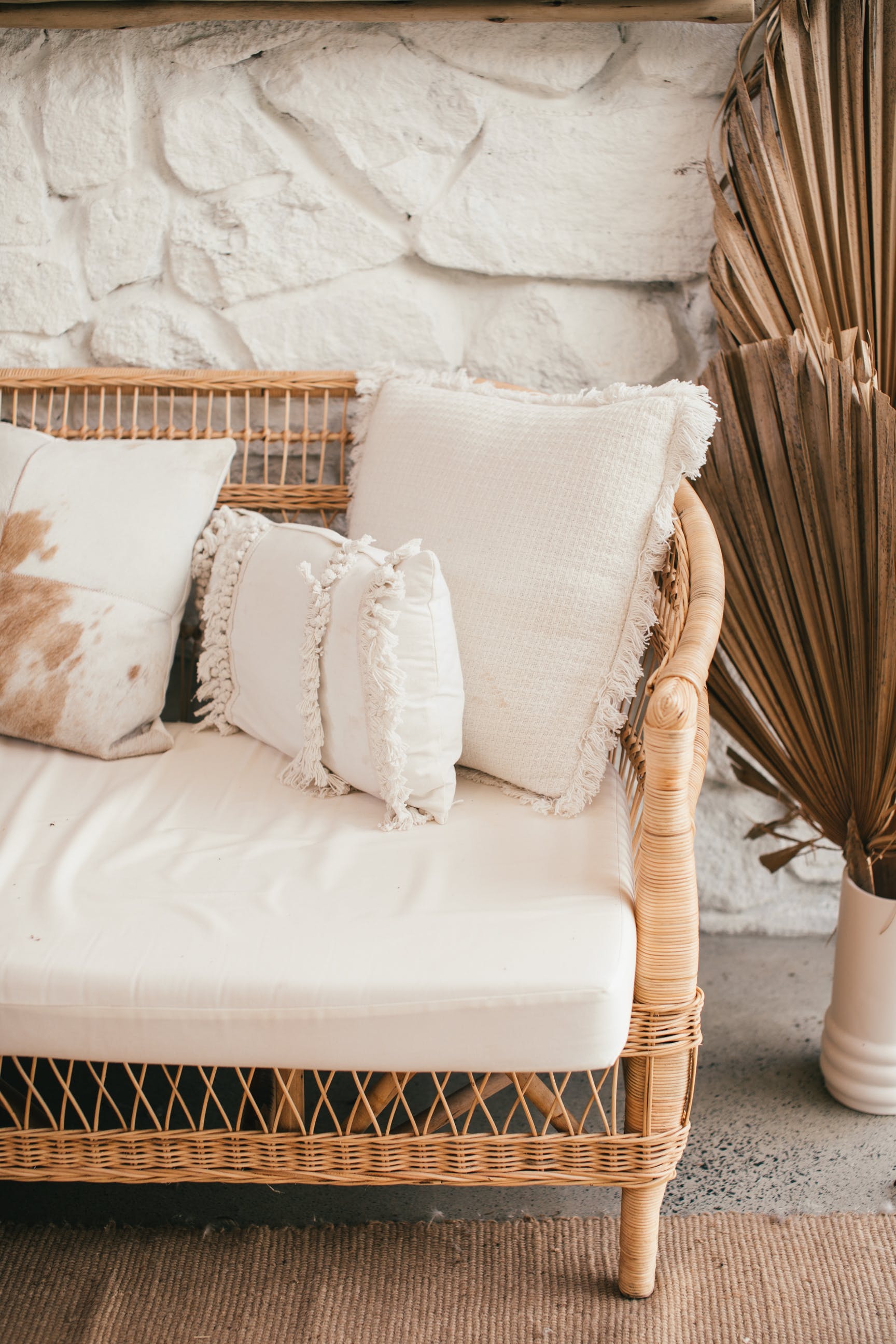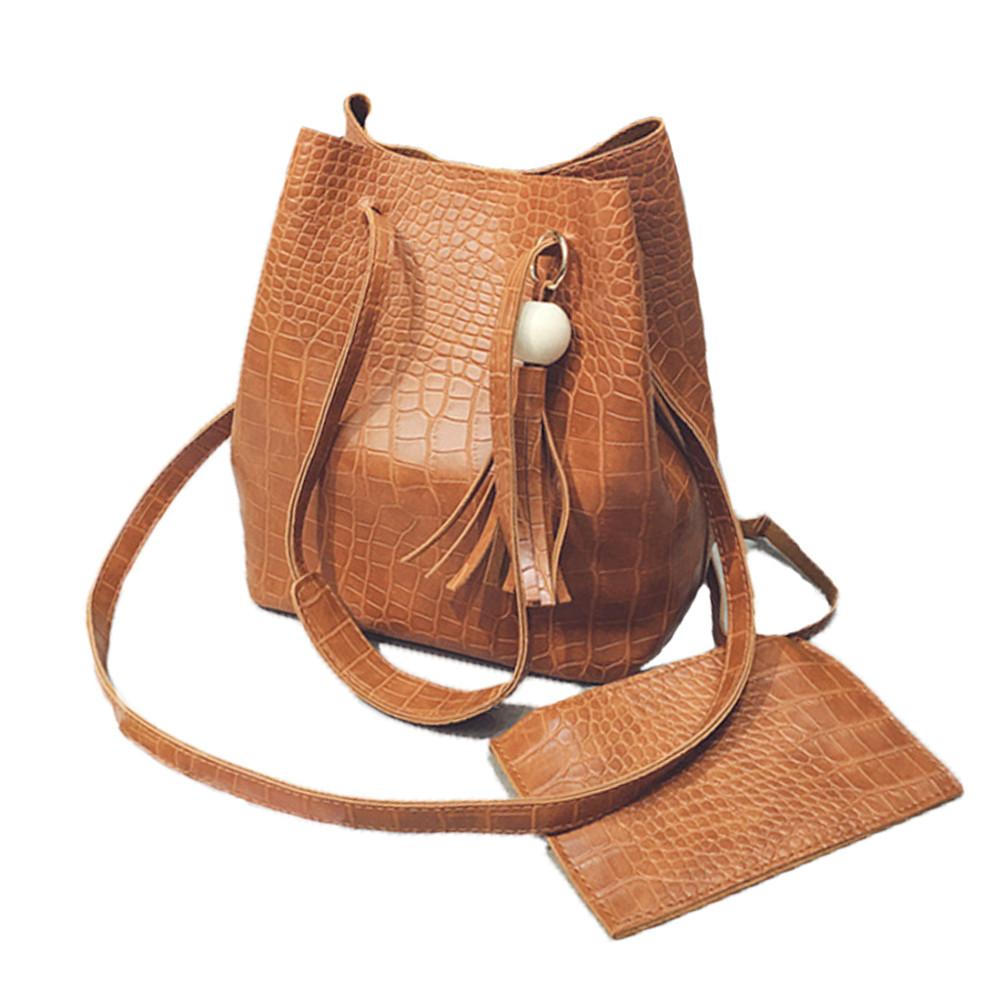12 Blessed Places to Retire for a Holistic, Sustainable Life
From volcanic islands to mountain sanctuaries—these are the best places to live well, eat clean, and connect deeply.
Retirement doesn’t have to mean golf courses and gated communities. For a new generation of retirees, the dream is something else: cleaner food, closer community, less noise, more nature. Whether you're looking to live off-grid, start a garden, or simply move to a place where sustainability and wellness are baked into everyday life, there are still magical places left in the world.
These 12 destinations offer just that. Each one combines natural beauty with access to clean resources, the ability to buy land or secure long leases, and easy-to-navigate visa options for retirees and digital nomads. What’s more, they all have something unique—be it a healing tradition, untouched nature, or an emerging eco-community that feels like the future.
1. Vilcabamba, Ecuador

Tucked away in the southern Andes, Vilcabamba is famed for the longevity of its residents and its grounding energy. Here, clean spring water flows through lush valleys, and organic farming is a way of life. Foreigners can own land outright, and fertile plots are surprisingly affordable. Ecuador offers both retirement and digital nomad visas, and with a low cost of living—$900–$1,200/month for a couple—it’s one of the most accessible destinations on this list. What makes Vilcabamba special is its energy; many believe the valley itself has healing properties rooted in its ancient indigenous past.
2. Hamākua Coast, Big Island, Hawaii (USA)
This region of the Big Island is wild, untamed, and deeply nourishing. You’ll find waterfalls, fruit trees, and black soil perfect for growing nearly anything. While Hawaii isn’t cheap (expect $2,500+/month), it is part of the U.S., making relocation simple for Americans. Land ownership is possible, though many opt for shared permaculture communities with long leases or lease-to-own agreements. The Hamākua Coast stands out for its deeply spiritual culture and the blending of native Hawaiian wisdom with holistic healing practices from around the world.
3. Los Lagos, Chile
In southern Chile, the Los Lagos region is dotted with fjords, forests, and snowcapped volcanoes. Known as “Chile’s Lake District,” it offers an incredible quality of life and open access to land for foreigners. A couple can live well on $1,200–$1,800/month, and Chile offers both retirement and long-stay visas. What makes this region unique is its strong German and Mapuche heritage—a blend of indigenous and European culture that values craftsmanship, nature, and seasonal living.
4. Mendocino County, California, USA
Among redwoods and rugged coastline lies Mendocino, a longtime sanctuary for artists, herbalists, and earth lovers. You can own land, join a co-op, or live communally—options abound. While costs are high ($2,500–$3,500/month), shared living and local food reduce the burden. California residency rules make it ideal for U.S. citizens. What makes Mendocino stand out is its legacy of environmental activism and herbal medicine; some of the country’s oldest eco-communities and apothecaries are still thriving here.
5. The Azores, Portugal

The Azores are Portugal’s lush, volcanic islands floating in the Atlantic—green, quiet, and incredibly fertile. Foreigners can buy property easily, and long-term rental prices are modest. Portugal offers a D7 visa for passive income earners and a newer digital nomad visa. Expect to live well on $1,200–$1,800/month. The Azores are unique for their geothermal hot springs and whale migration paths—nature lovers will feel intimately connected to both land and sea.
6. The Kootenays, British Columbia, Canada
This region offers a rare blend of remote beauty and progressive, eco-minded towns. From Nelson to Slocan Valley, you’ll find co-housing, off-grid cabins, and spiritual retreat centers. Land can be purchased by foreigners with no restrictions, and while Canada’s permanent residency takes time, long leases and seasonal residency are possible. A couple can live modestly on $2,000–$2,800/month. What’s special here is the deep integration of art, nature, and sustainability—everything from farm cooperatives to meditation forests exist side by side.
7. Western North Carolina, USA
Home to the Blue Ridge Mountains and a strong back-to-the-land culture, this region is ideal for Americans who want to live slower, surrounded by old-growth forests and spring-fed land. You can purchase affordable acreage or join intentional communities like Earthaven Ecovillage. Cost of living ranges from $1,200–$1,800/month. What makes this region unique is its preservation of Appalachian folk knowledge, from herbal healing to wild foraging and community-supported agriculture.
8. Guanacaste, Costa Rica
Inland from the beach towns lies a sustainable paradise where cattle pastures are transforming into food forests and eco-villages. Foreigners can own land easily, and Costa Rica’s pensionado and rentista visas are some of the best in Latin America. Expect to spend $1,200–$2,000/month depending on your lifestyle. What sets Guanacaste apart is its "Blue Zone" reputation—people here live longer due to natural diets, strong community ties, and abundant sunshine.
9. Siargao Island, Philippines
Beyond its surf culture, Siargao is emerging as a holistic hub. Locals and expats are building bamboo homes, permaculture farms, and spiritual spaces across the island. Foreigners cannot own land outright but can do long-term leases (up to 50 years). The Special Resident Retiree Visa (SRRV) makes permanent residency very accessible. A couple can live well on $800–$1,200/month. What makes Siargao truly special is its fusion of laid-back island culture with a growing wellness movement and spiritual community.
10. Alentejo, Portugal

By isol, CC BY-SA 3.0, Wiki commons
Off the tourist trails of Lisbon and the Algarve, Alentejo is Portugal’s agricultural heartland. Think cork trees, whitewashed villages, and slow, intentional living. Foreigners can buy land, and the cost of living is lower than coastal regions—$1,000–$1,600/month is common. Portugal’s D7 visa applies here too. Alentejo stands out for its artistic soul: many expats are painters, writers, and musicians drawn by the silence and simplicity of rural life.
11. Namaqualand, South Africa
This semi-desert region near the Namibian border comes alive each spring with one of the world’s most spectacular wildflower blooms. Solar living, rainwater harvesting, and long land leases are common, and South Africa’s retirement visa is very accessible. Foreigners can buy land. Living costs can be as low as $900/month for a couple. Namaqualand is unique for its blend of untouched nature and indigenous San culture—a deeply spiritual environment for those seeking solitude and renewal.
12. Corumbá, Brazil (Pantanal Region)
Nestled in the world's largest tropical wetland, Corumbá is one of Brazil’s best-kept secrets. You’ll find open land, abundant fresh water, and a growing community of eco-agriculturalists. Foreigners can own land, and Brazil offers retirement residency with proof of modest income. A couple can live well here for $700–$1,100/month. What makes Corumbá unique is its biodiversity—this is one of the richest ecosystems on Earth, where jaguars, giant otters, and medicinal plants flourish naturally.
Final Notes: Finding the Right Fit
When seeking a holistic retirement destination, go beyond beauty. Look for access to clean water, the ability to grow food, long-term living options, and—most importantly—connection. Whether through an eco-village, a local farming market, or simply your neighbors, community will be the thread that keeps you grounded.
Retirement is no longer about winding down. It's about re-rooting.
Author: D.C. Lawson
A lifelong student of history, sustainability, and intentional living, D.C. Lawson explores forgotten places and sacred spaces where community, nature, and self-reliance converge. Through immersive research and lived experience, they write to inspire holistic choices for life beyond the noise.
Sponsored by Bambu & Jutes
Looking for ethical, holistic products that support your sustainable lifestyle? Explore our eco-conscious collection at Bambu & Jutes













